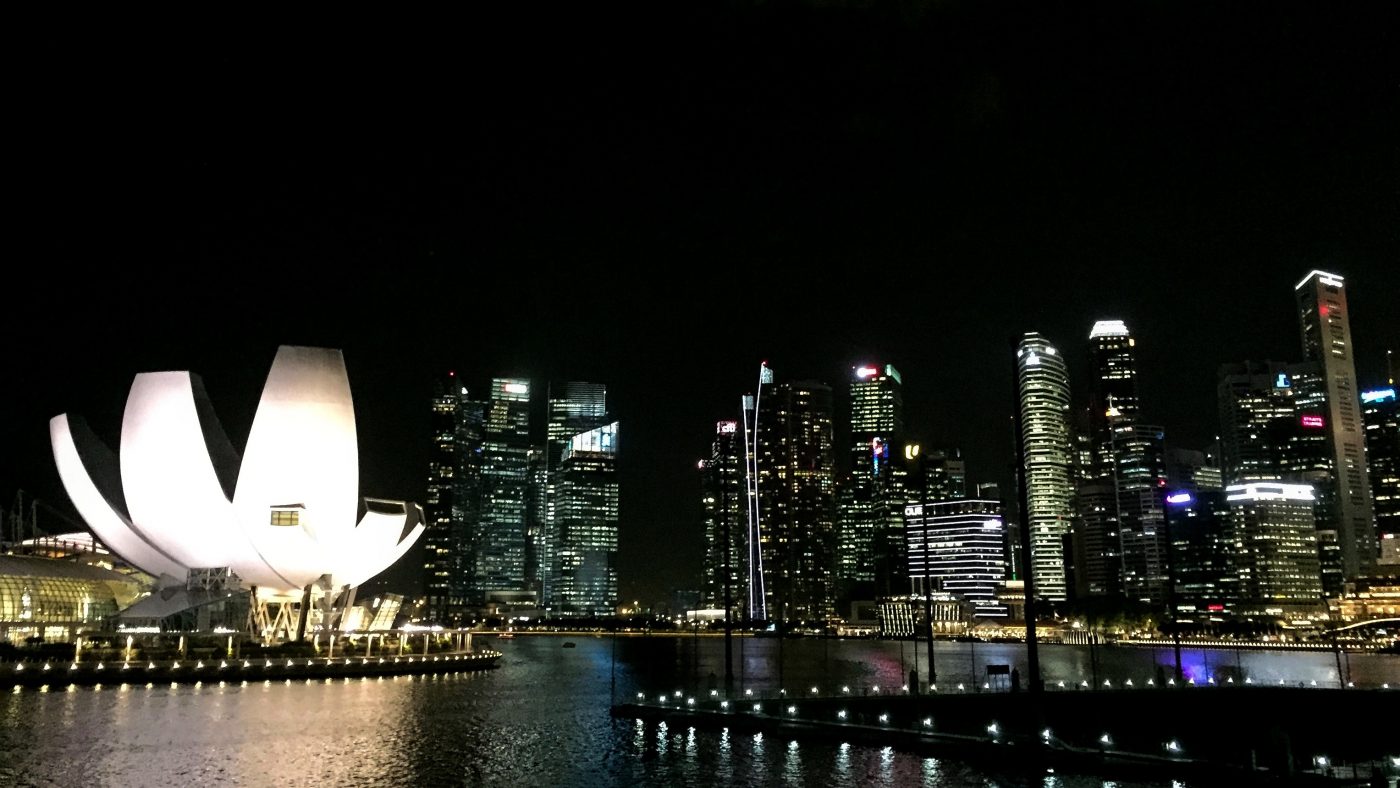Report from the session held in Singapore on July 13, 2016
Value creation
The Circular Economy represents a US$4.5 trillion opportunity by the year 2030. It is a global transition from the unsustainable “take, make, waste” linear economic growth model to a sustainable circular growth model.
Recognizing the importance and potential of the circular economy transition, the National Environment Agency (NEA), the Embassy of the Kingdom of the Netherlands, Zero Waste SG and Accenture Strategy came together to organize the inaugural Circular Economy Workshop for the Built Environment Sector. The event brought together private sector players along the whole value chain as well as relevant public sector stakeholders to discuss two questions:
1. What business opportunities do the circular economy business models provide for the built environment?
2. What initiatives might reduce barriers and stimulate the adoption of circular economy business models?

Business opportunities
The private sector discussion focused on generating viable business opportunities utilizing the five circular economy business models. Participants were particularly interested in the “Product as a Service” model and how it shifts the commercial incentive from volume to performance of products, generating many ideas from “lighting as a service” to “clean air as a service”. The participants also found “design for deconstruction” an attractive solution to maximize reuse and recycle value of a building at the end of the building’s lifecycle. “Chiller retrofitting” could extend the life of the chiller plant while also raising the end-of-life value by 10 fold. The public sector discussion centered around the role of government to use fiscal measures, subsidies, public procurement, regulations and partnerships as tools to enable and drive the transition to a circular economy.
Facilitating of the circular transition by the public sector
Public sector participants highlighted several important initiatives to lead this transition, including:
- Facilitating innovation by supporting R&D to help commercialize the latest technologies
- Putting in place the right standards, requirements and regulation to allow reuse and recycle of materials and structures
- Raising awareness and educating citizens to change the traditional “new is better” mindset
Moving forward in the transition requires both public and private sectors to act. For the private sector, the business opportunities and the new ideas could be taken further internally, taking into consideration each individual company’s strength and priorities and evaluate the business case for implementation. For the public sector, it is important to integrate the circular economy models into the wider plans for Singapore and leverage existing frameworks and initiatives to make swift and visible impact to demonstrate commitment and lead by actions.
Freek van Eijk, Founder and Managing Director at Acceleratio—a Dutch sustainability consulting firm, provided an overview of how the Netherlands transitioned from resource management to the circular economy: shifting from traditional health and hygiene (and survival) driven water management to integrated water management, including water reuse and recycle; also from “end-of-life” waste management to a value chain and systematic approach to repurpose and connect the dots among different industries’ need for raw materials. He also shared some of the lessons the Dutch learnt during their transition: Having a realistic approach focused on collaboration between the public and private sectors but also among different industries. He stressed that creativity, open-mindedness and pragmatism were key ingredients in the Netherlands’ success.
Bram Reinders, Manager of Alliance Management at Alliander— Amsterdam’s power provider, provided a deep dive on the creation of the Alliander HQ in Duiven,
Paul van Bergen, General Director at DGMR—a leading Dutch
consultancy company, shared how DGMR adopted the Product-as- a-Service model, by providing energy-saving-as-a-service to a client after refurbishing their old building.
Dick Hoogendoorn, Managing Director of the Dutch Waste Management Association, continued the theme of resource recovery by sharing how the Netherlands explored using bottom ash generated by its waste-to- energy (WtE) sector as a building material.
Karen Lee, Sustainability Communications Manager at Interface—a leading modular commercial carpet manufacturer, shared how the organization has adopted the recovery and recycling business model and the circular supply chain business model.
The executive summary of the event can be found on the Dutch Cham Singapore site: http://dutchcham.sg/wp-content/uploads/2015/03/Circular-Economy-in-the-Built-Environment.pdf

